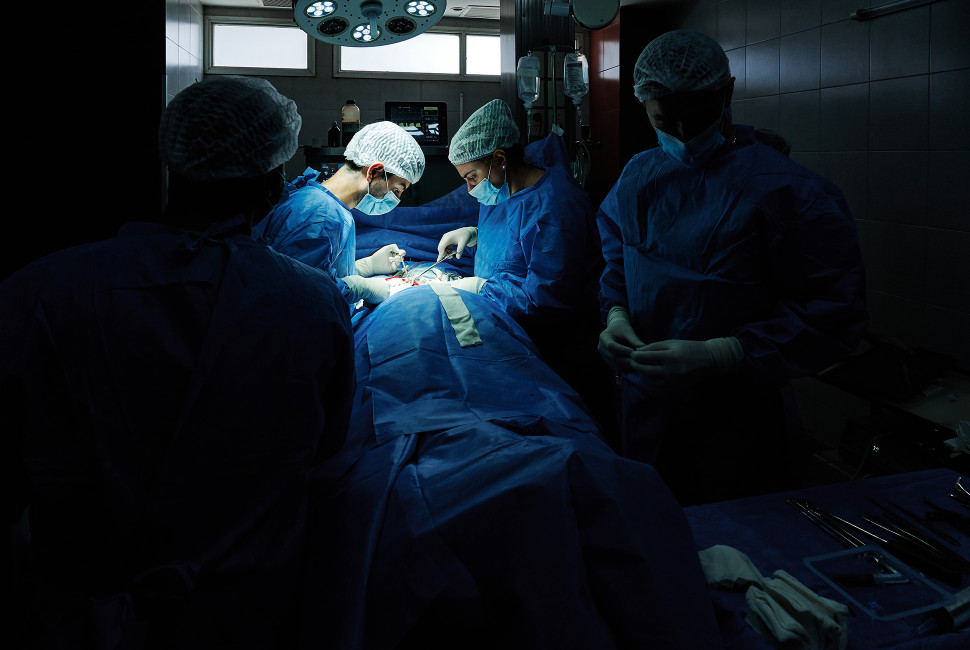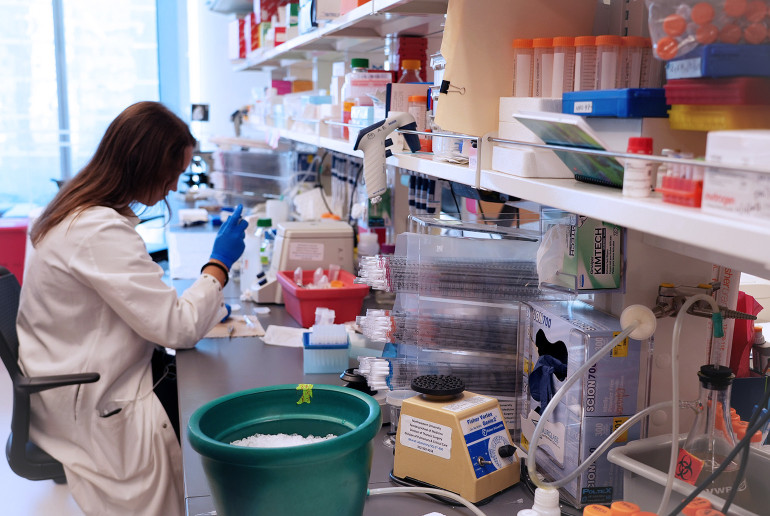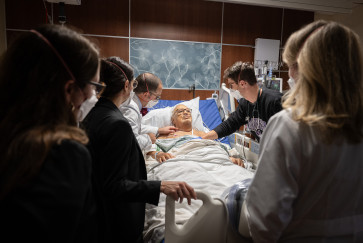Why it matters: More than 50% of lung-transplant recipients experience a rejection of their new lung within five years.
More than 50% of lung-transplant recipients experience a rejection of their new lung within five years of receiving it, yet the reason why this is such a prevalent complication has remained a medical mystery.
Now, a new Northwestern Medicine study has found that, following transplant and in chronic disease states, abnormal cells emerge and “conversations” between them drives the development of lung damage and transplant rejection.
These findings not only help answer why rejection occurs, but they also have spurred immediate exploration of new drugs to treat transplant rejection and other lung-scarring diseases.
“Chronic lung-transplant rejection has been a ‘black box.’ We knew it happened but did not exactly know why,” said corresponding author Dr. Ankit Bharat, professor of thoracic surgery at Northwestern University Feinberg School of Medicine and executive director of the Northwestern Medicine Canning Thoracic Institute. “Our study provides the first comprehensive cellular and molecular roadmap of the disease.”
The study was published in JCI Insight.
Leading cause of death after the first year of transplantation
Surgeons perform approximately 3,000 to 3,500 lung transplants each year in the U.S., and more than 69,000 have been performed worldwide to date. Chronic lung allograft dysfunction (CLAD), which encompasses several manifestations of chronic lung rejection, remains the leading cause of death after the first year of transplantation. There currently are no effective treatments for CLAD once it develops, leaving patients with only one option: re-transplantation.
In the new study, after evaluating almost 1.6 million cells, scientists distinguished between abnormal cells from the donor lung versus cells from the recipient’s own immune system. They discovered the donor-derived structural cells and recipient’s immune cells talk to each other in harmful ways that perpetuate lung damage. The findings could lead to new drug targets and provide insights that could help patients with various lung-scarring diseases, not just transplant recipients.



